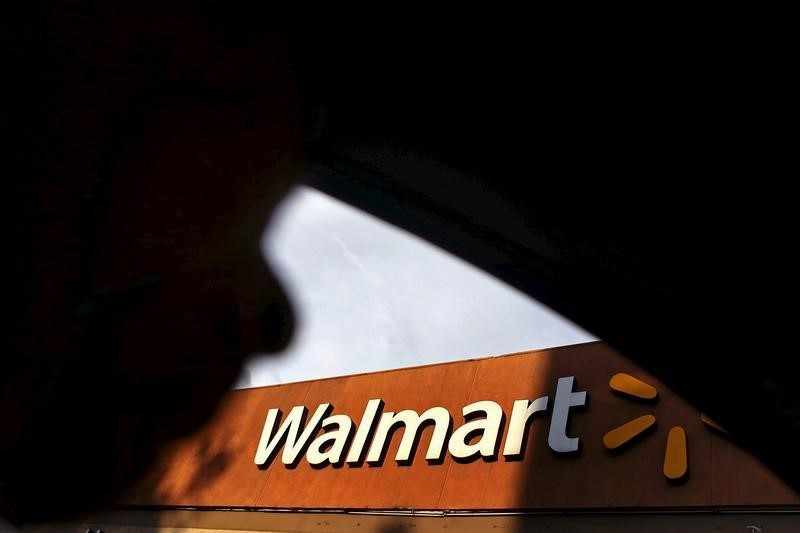This post was originally published on this site
https://i-invdn-com.investing.com/news/LYNXMPEB390YL_M.jpg
Analysts at Morgan Stanley have predicted that this trend will prompt substantial shifts in the food and beverage industry, requiring product modifications to cater to evolving consumer preferences. The weight-loss medications mimic the effects of GLP-1, a gut hormone that regulates blood sugar levels and suppresses appetite. This has resulted in a boost for Walmart’s pharmacy business.
Despite the drop in share prices, both Coca-Cola and PepsiCo saw increased buying activity for their bonds worth $36.8 billion and $39.9 billion respectively on Thursday.
Year-to-date, Coca-Cola’s stock has decreased by 18%, while PepsiCo’s stock has fallen by 11%. In contrast, the S&P 500 index has seen an 11% gain over the same period.
According to InvestingPro data, Coca-Cola’s market cap stands at $228.97 billion with a P/E ratio of 21.8. The company has seen a revenue growth of 6.82% and a gross profit of $25.83 billion. One of the InvestingPro Tips for Coca-Cola is that it has raised its dividend for 52 consecutive years and operates with a high return on assets, which could be beneficial for long-term investors.
On the other hand, PepsiCo has a market cap of $219.94 billion and a P/E ratio of 27.87. The company’s revenue growth has been accelerating at 10.11%, and it has a gross profit of $48.39 billion. As per InvestingPro Tips, PepsiCo has maintained its dividend payments for 53 consecutive years and is a prominent player in the Beverages industry.
For further insights and tips on these companies, readers can check out InvestingPro, which offers numerous additional tips and real-time metrics.
This article was generated with the support of AI and reviewed by an editor. For more information see our T&C.

